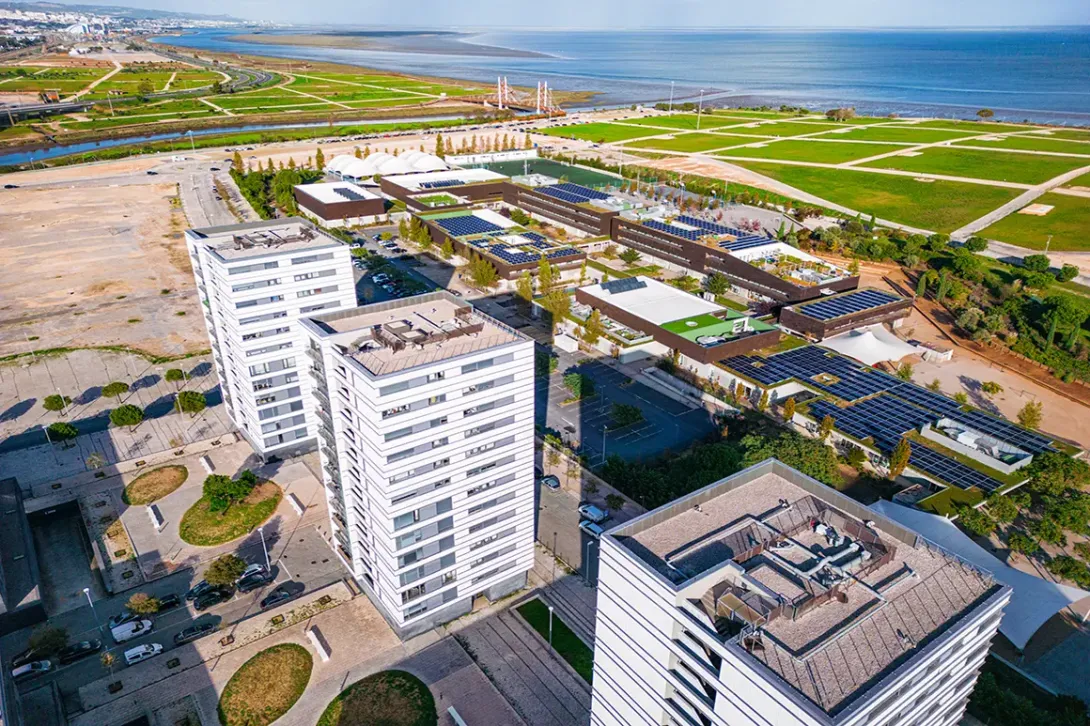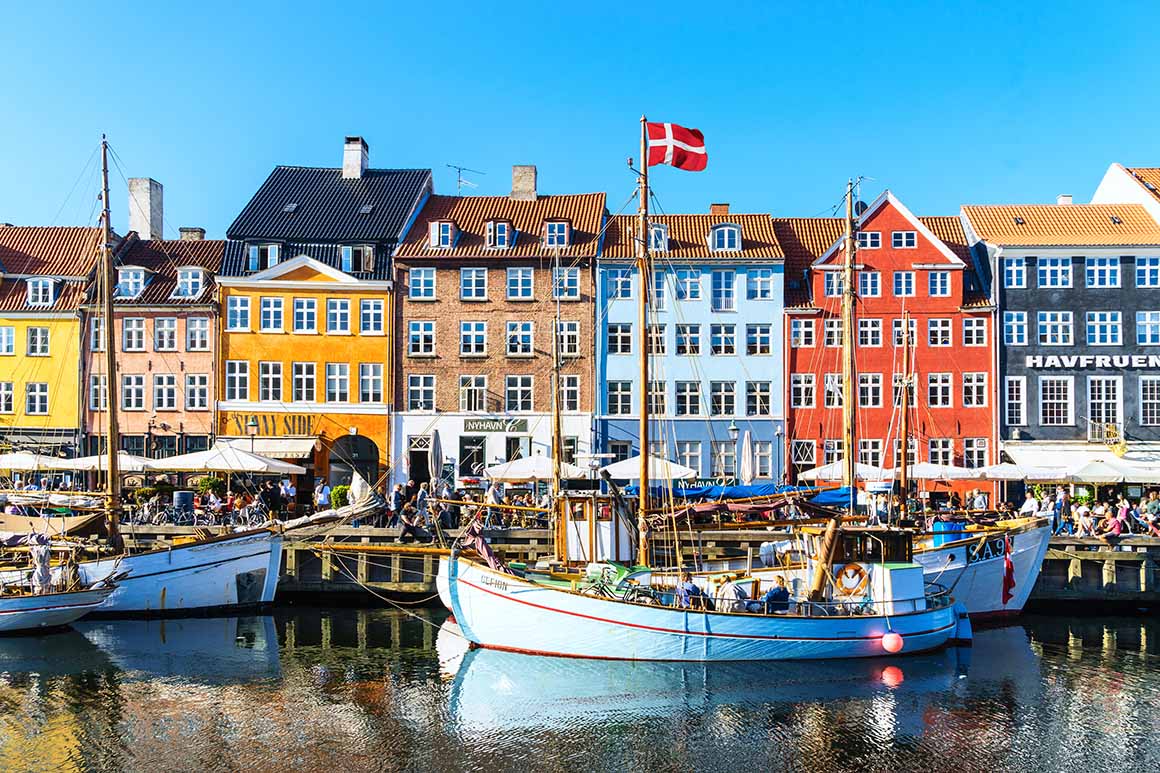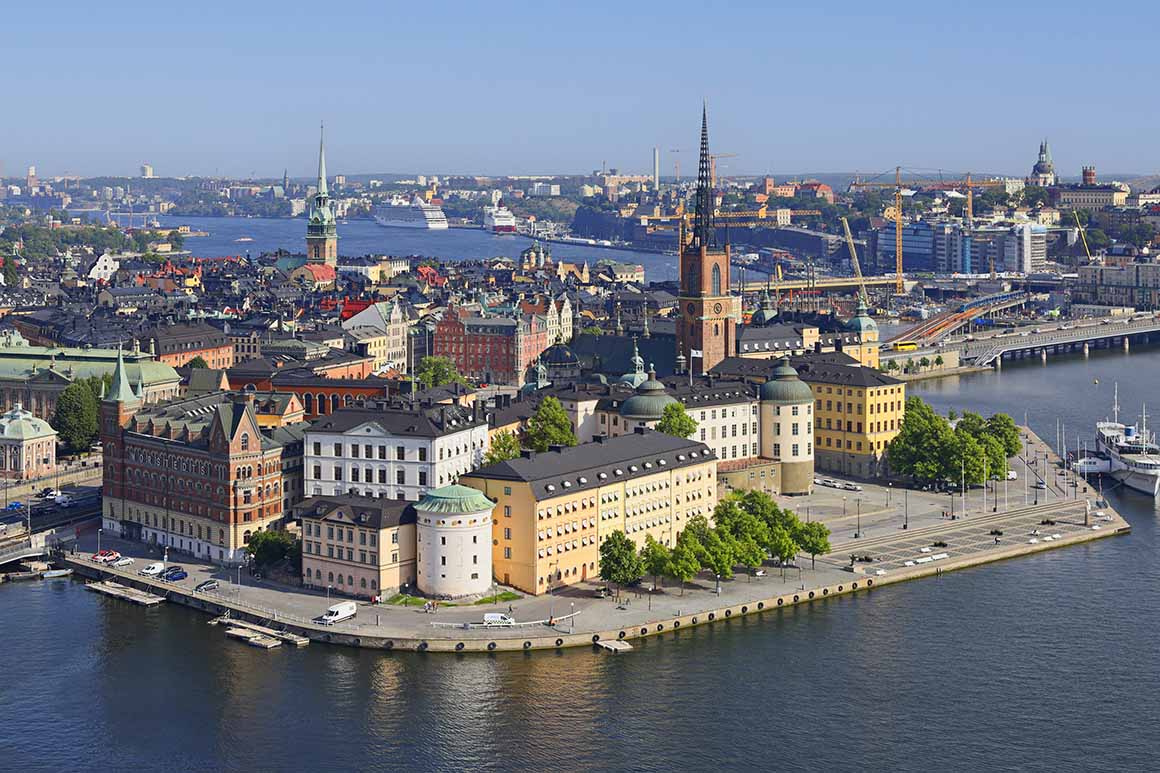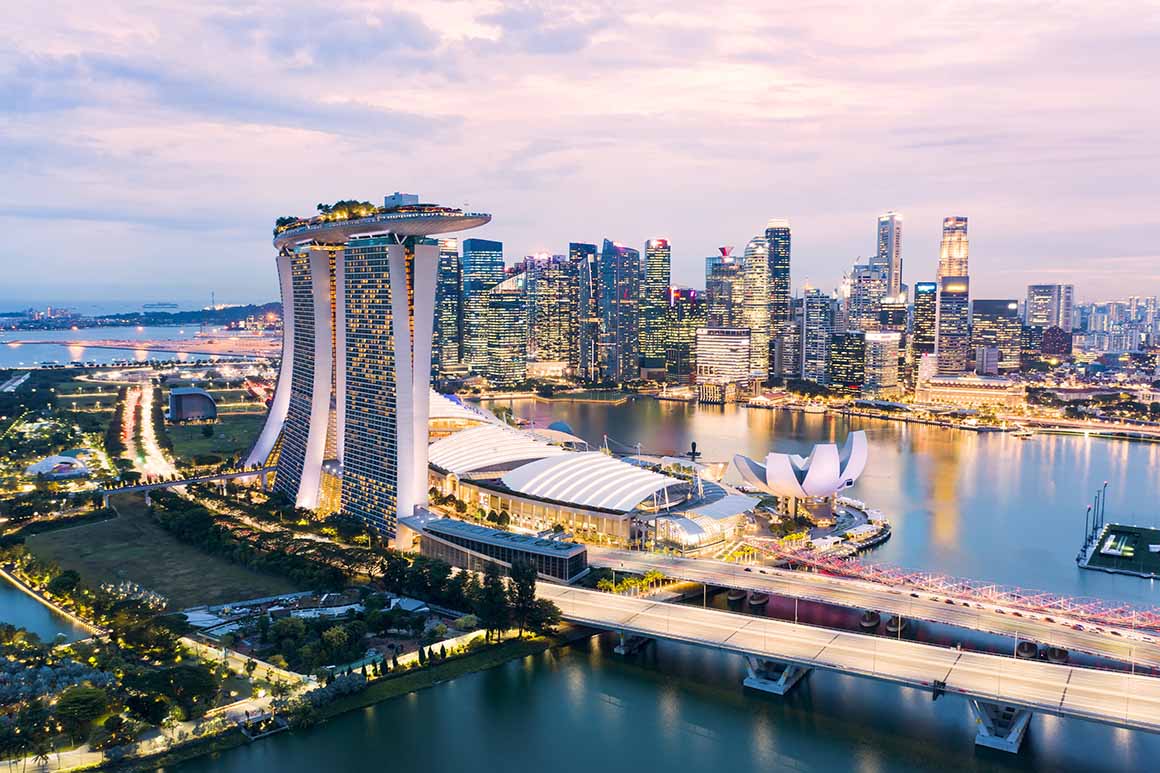
The most sustainable cities in the world and what they are doing to achieve this
Extreme weather episodes have led several cities around the world to transform themselves in order to improve this situation. These are the key elements of their transformation.
In recent years, we have been witnessing an upheaval in the way cities consume, provide transportation and manage resources. The effects of climate change have put citizens and institutions around the world on alert and compelled them to find a solution. As a result, we now find that some cities are not only adopting measures to deal with extreme climate conditions but are also contemplating profound changes in how they operate in order to make them more sustainable and ensure their future viability.
How do cities become sustainable?
Although episodes linked to climate change have provided an important motivation for cities to adapt, their sustainability goes far beyond protecting against adverse weather. It is not simply a matter of increasing the number of public venues providing shelter from extreme heat or green spaces. It is about structural change, both in waste management and generation and a new approach to mobility options and how the city operates to reduce inequality.
A sustainable city should therefore support the development of green infrastructure that promotes biodiversity and prevents the heat island effect, such as parks, vertical hanging gardens or green roofs. Other initiatives pursuing these same goals would be the use of sustainable materials and renewable energies, measures to improve energy efficiency or intelligent waste management, or support for a circular economy. Water management, particularly in areas at risk of desertification, should follow an approach based on recycling, good use of available sources and the protection of ecosystems.
The benefits of a more sustainable city
A sustainable city isn’t just beneficial for the environment. The efficient use of energy resources and the prospect of a healthier environment also leads to considerable improvements in the overall well-being of its citizens. Furthermore, the commitment to alternative transportation and mobility models, creating cities where it is easier to get around on foot, on a bicycle or using public transportation, also entails a more horizontal approach and therefore fosters social equality.
On the other hand, from the point of view of the economy, opting for production and consumption models based on proximity and sustainability is also beneficial for local businesses, entrepreneurs and innovation. Thus, a more sustainable city is also a city with more opportunities for growth and improvement. It also builds resilience among citizens, equipping them for adverse situations.
Increasingly we are seeing cities around the world implementing policies aimed at reducing their environmental impact and improving the well-being of their citizens. Although, from a geopolitical point of view, we could criticise the concentration of all the best examples of sustainability in the Global North, ignoring the global dynamics of production and trade that hinder the development of these models in the South, it is also true that these cities can serve as an example, inspiring a cleaner and kinder future for all.
The top 5 most sustainable cities in the world

Copenhagen, Denmark
1 of 5
Denmark's capital is undoubtedly the best example of a sustainable city. Its flat terrain makes it ideal for cycling, with almost 62% of its inhabitants regularly riding bicycles. Thanks to an extensive infrastructure of bicycle paths and a well-established culture of cycling, concerns about excessive greenhouse gas emissions are not among the main worries of the citizens of the Danish capital. Furthermore, the city has for years been committed to using renewable energy for district heating, and to recycling and the circular economy.

Stockholm, Sweden
2 of 5
The Swedish capital has also made a commitment to sustainability in recent years. Thanks to its advanced recycling programmes and its commitment to energy efficiency, sourced from renewable energy sources, the city has been reducing its energy footprint yearly. It also has many parks and woodlands that help keep the air clean.

Vancouver, Canada
3 of 5
Moving to the far end of North America, we find Vancouver, a city that has become a leader in the reduction of carbon emissions by using renewable energy sources and more sustainable building materials. Furthermore, public policies have sought to encourage the use of electric vehicles, starting with public transportation itself. In recent years, civic participation has also been encouraged, placing citizens in a leading role in environmental decision-making, which helps foster a stronger sense of commitment.

Amsterdam, The Netherlands
4 of 5
The enthusiasm of the people of Amsterdam for riding bicycles may not be as internationally well known as that of other cities, but they definitely rank among the top spots worldwide. For many years, the city's preference for cycling has led to the development of a substantial network of cycle paths, to which we must add a number of policies aimed at reducing the presence of motor vehicles in the city centre. This city excels at canal management and rainwater harvesting, thus protecting the biodiversity of the area. Policies have also been brought in to promote the use of solar panels in homes and public buildings, as well as to encourage more efficient energy use.

Singapore
5 of 5
Now we will leave the Global North behind and head to the Asian city-state of Singapore. With numerous hanging gardens, parks and green spaces integrated into its streets, Singapore has stood out in recent years for its commitment to sustainability. It is also carrying out various projects to mitigate the effects of climate change, such as improving drainage and water collection systems, which have allowed it to become less dependent on exports. Another area of remarkable achievement is having prepared for future extreme weather events by installing barriers that defend against sea level rise, for example.




